The beauty of owning an air-cooled Volkswagen is that you can do most repairs yourself. And with just a basic set of tools, should the worst happen, you’ll usually be able to carry out a roadside repair and get yourself up and running again. Here’s some useful pointers to allow you to make a fast diagnosis and avoid becoming stranded…
Engine not turning over
If your car won’t even turn over, start by checking the obvious – namely that the green ignition (or sometimes red) light comes on when you turn the ignition. If not, chances are you’ve got a flat battery. If there’s a clicking noise, then suspect a stuck solenoid or jammed starter motor. Try rocking the car back and forth to free it, or climb underneath and tap the starter with a hammer or piece of wood.
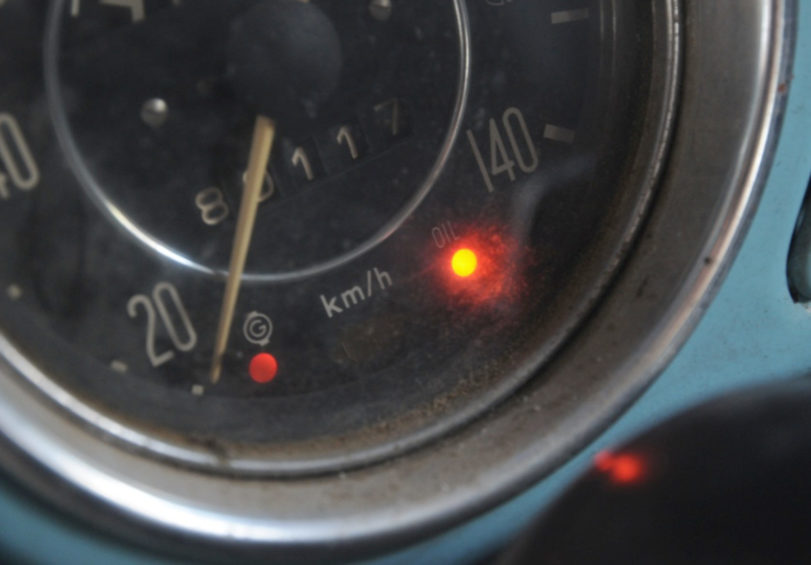
Engine won’t fire up
Starting with the simple things first, namely is there fuel in the tank (older gauges are notoriously inaccurate). Assuming there is, check fuel is getting to the carb by disconnecting the fuel line and getting someone to turn the engine over being careful not to flood the engine bay with petrol – doing this into a jerry can or a old bottle is best. If all looks good, now check the ignition system by whipping out a spark plug. Reconnect the HT lead, earth the end of the plug and check there’s a spark when someone turns the engine over. Be careful not to get a shock while doing this. If there’s nothing, go back to the distributor and check the points and the condition of the contacts in the cap. Also, check the connection to the coil.
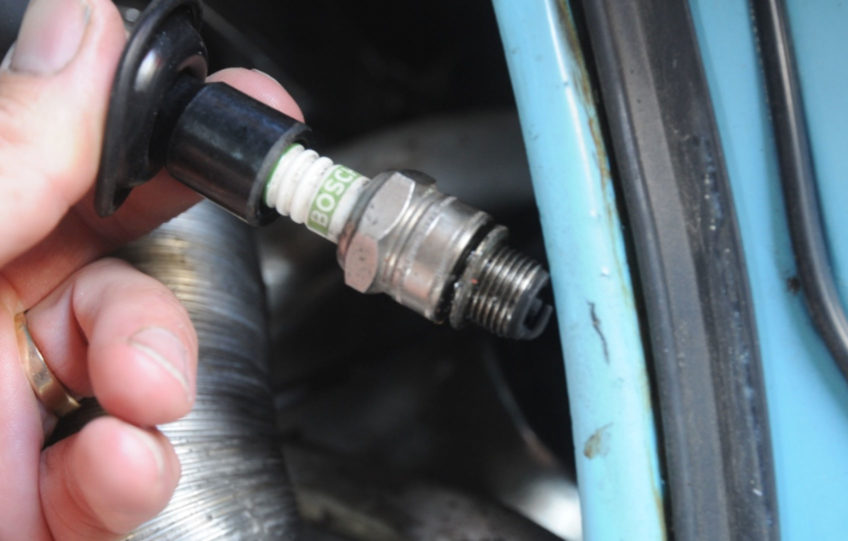
Rough running
You’re up and running, but you know there’s something wrong because the engine won’t idle and misfires when you are going along. This could be an ignition problem so go back and check the leads and the distributor cap. There could also be a problem with the carb, so strip it and clean it out if you can. If the engine cuts out but restarts, check for icing on the manifold below the carb. Could be also that the inlet manifold is choked up.
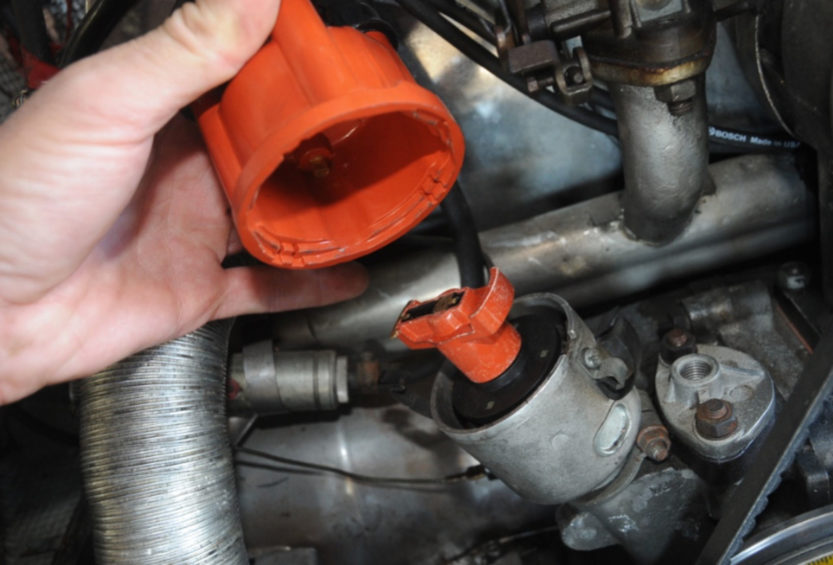
Ignition light comes on
If the green light (or red on older vehicles) flickers while driving, suspect a slipping fan belt. If it comes on constantly, chances are it’s snapped. Ideally stop, you don’t want to drive for very long with a broken fan belt as it will lead to engine overheating and cause more damage. If the car stops completely for no reason, it might be worth checking that one of the battery straps hasn’t worked lose and fallen off.
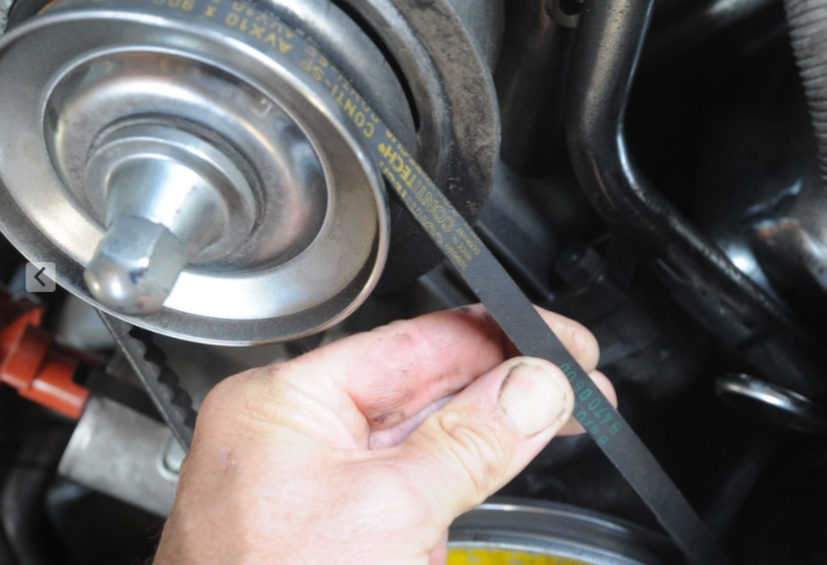
Oil light comes on
Stop and check the level is the advice here. It could be a simple short, but you’ll only know when you’ve pulled the dipstick. Never be lazy and drive with the light flickering because the engine will overheat, seize and fail.
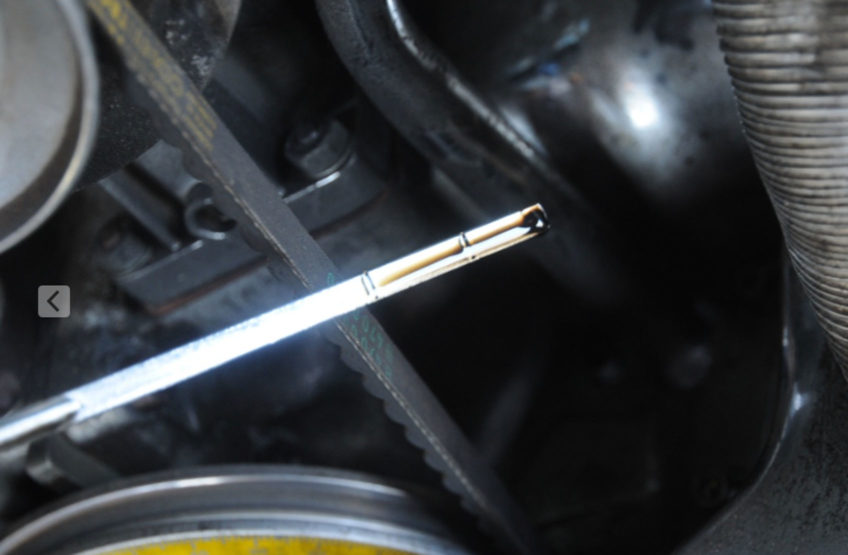
None of the above
If you’re really stuck, call a recovery service. However much it might dent your pride, subscribing to one of the national recovery services always makes sense with an older car. There will always be things you can’t fix by the roadside, and seeing your pride and joy arriving home on the back of a low loader is better than leaving it abandoned on some dark, deserted country lane where it could be stolen or vandalised while you’re arranging its rescue.
Ian
The opinions expressed here are the personal opinions of the author and do not necessarily represent the views and opinions of VW Heritage.


You forgot to mention the electronic pilot jet if it fails the engine will stop at tickover.Easy fix take it out break the end off and refit it’s only there to stop running on.
My VW Westfalia has just come from the repair shop to resolve a backfiring issue. The idling speed is now excessive , are the two related and how can I reduce the idling speed.
Regards
Martin
It’s tricky to know without being there Martin. Is the van carburettor or injection?
If it’s carbed the idle may have been adjusted previously to mask an air leak (causing back firing) and now the leak has been fixed the idle speed may have risen as it no longer has to make up for the air leak.
Perhaps try another Garage?